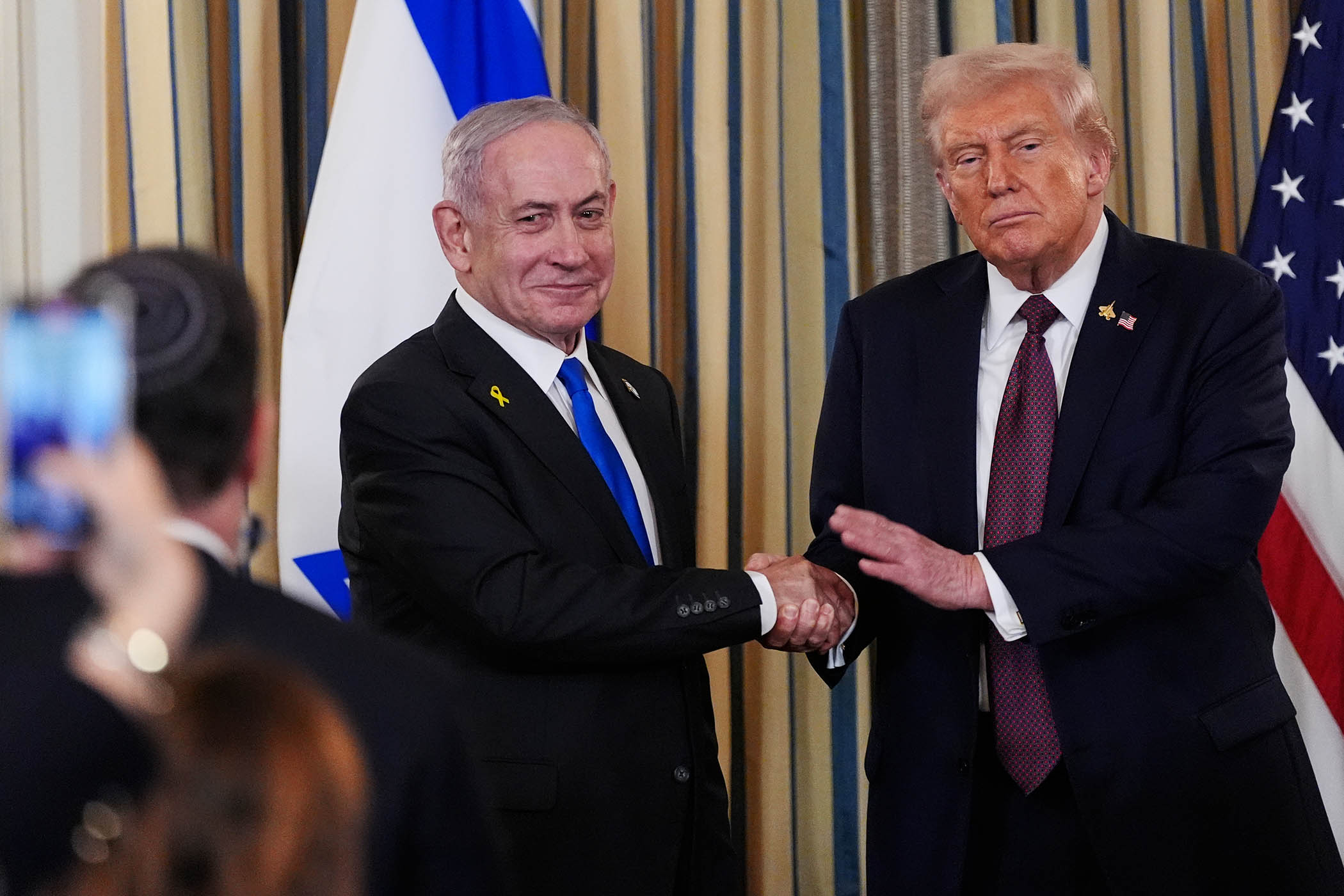Hamas is reviewing a plan for peace in Gaza feted by Donald Trump, who gave the group until the end of this week to accept it or face “a very sad end”.
So what? The 20-point proposal offers a chance to end the war, after Israeli prime minister Benjamin Netanyahu gave it his backing. But it is full of ambiguity and there will be plenty of opportunities for it to unravel. The unknowns include
•
how the plan will be implemented;
•
whether Hamas will consent to the terms, which represent a surrender; and
•
Netanyahu’s commitment to the proposal and his ability to sell it to his cabinet.
The plan. Trump’s proposal calls for an immediate ceasefire, a hostage release in exchange for Palestinians in Israeli jails, and Israel’s staggered withdrawal from Gaza. Trump has said Arab and Muslim states will demilitarise the enclave. Although none have confirmed this, eight countries in the region have voiced support for the plan.
Left out. The proposal gives Hamas no role in Gaza’s future. It demands the group disarm and agree not to participate in the enclave’s governance, while offering amnesties or passage to third countries for its militants. An international force will guarantee security. It is supposed to “immediately deploy” but its make-up has not been agreed.
The CEO. A “board of peace” will oversee the administration and redevelopment of Gaza, with Donald Trump as chair. Tony Blair, an unpopular figure in the Middle East due to his role in the Iraq war, will have a seat alongside other members.
Buffer zone. The plan mentions the possibility of a Palestinian state, but in vague terms and only after the wholesale reform of the Palestinian Authority, the body that governs the West Bank and is widely seen as corrupt. This leaves substantial wiggle room for Netanyahu, who doesn’t want a Palestinian state ever to be established.
Hard sell. Neither side seems happy with the deal, which has gone down badly with the hardliners that Netanyahu relies on to prop up his coalition. His finance minister blasted the idea of “entrusting our security to foreigners”, while his former spokesperson said recognising the statehood aspirations of Palestinians was akin to raising a white flag.
Meanwhile Hamas has said it is studying the proposal “in good faith”. But its officials have briefed against the idea of handing Gaza’s governance over to an international body, saying this “serves Israel’s interests”.
In a corner. Netanyahu has repeatedly batted away calls for a ceasefire, including from his own military top brass. But it seems he couldn’t refuse Trump and has gambled on Hamas turning its nose up at the plan. If the group doesn’t accept its strict terms, he believes he will have cover to continue the war and tighten the siege of Gaza City.
Different tone. Netanyahu is already sowing doubts. After agreeing to the deal, he said Israeli forces “will remain in most of the territory” and that he didn’t support a Palestinian state.
Unconvinced. Former Israeli negotiator Daniel Levy is sceptical. “There is no plan in the sense of something sufficiently substantive and detailed that it could be implemented," he told The Observer. “That is by design.”
Bitter pill. Faced with disadvantageous terms, Hamas may itself judge it better to keep fighting.
What’s more… Even if Hamas does agree to the deal, its loose provisions mean either side could undermine it and blame the other if it falls apart.

